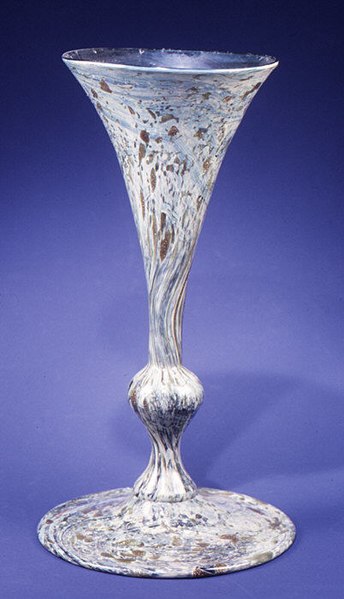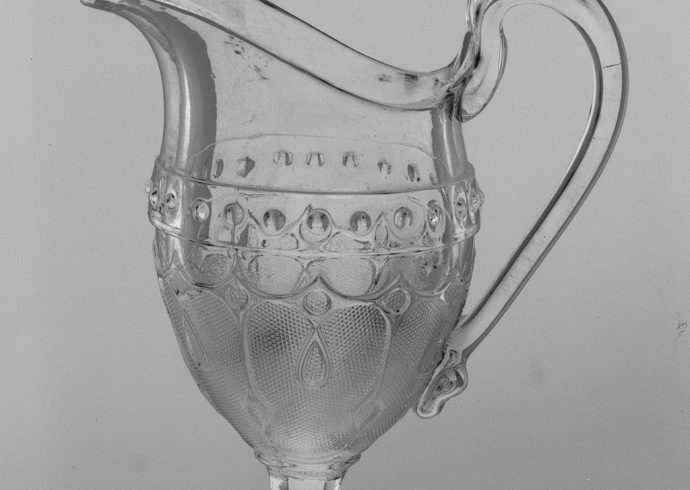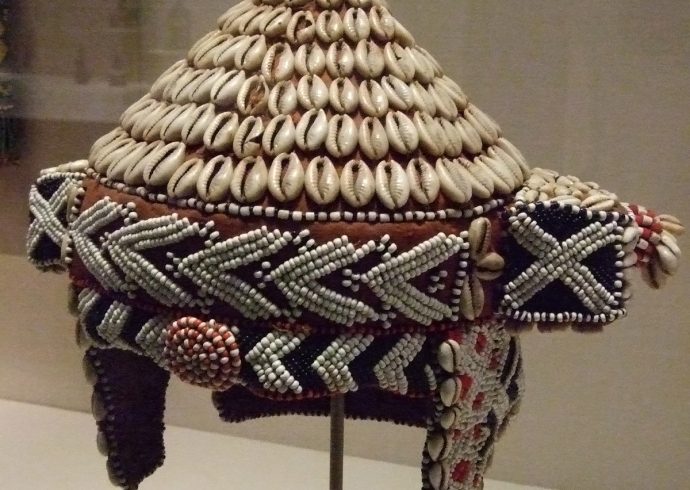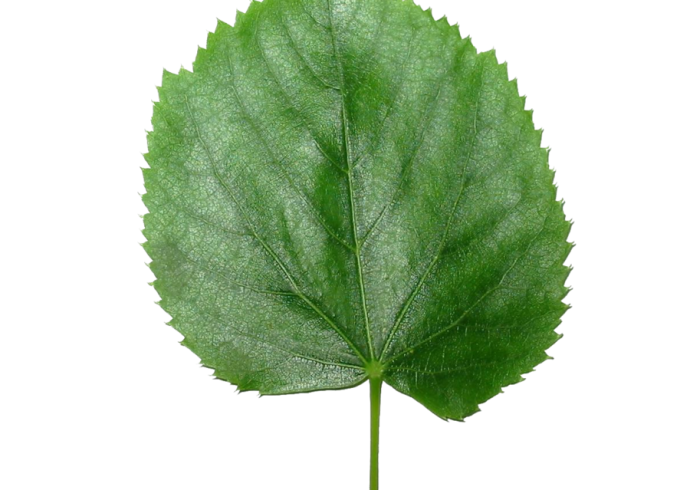
Aventurine Glass: Glass with Glitter
Aventurine glass is a type of glass making method where small beads of gold, copper, or silver color form in the glass and provide a sparkle to the glass when held up to the light. This method goes back to the middle seventeenth century in Italy where aventurine glass was first made. The iridescent effect caused by the presence of these metallic colors made aventurine glass much sought after by its first buyers in Europe. An Italian family named Miotti closely guarded their secret to making aventurine glass, since they were the first to have made this type of glass but as time went on, one of the family’s descendents explained the technique of using metallic salts combined with the glass as it is blown and what causes the salts to bead inside the glass, instead of smoothing out to provide the glass with another color. It is for this reason that aventurine is also sometimes called goldstone.
Copper was the most frequently used metal in the making of aventurine glass in seventeenth century Italy, as it was cheaper than gold or silver. By the nineteenth century, the beads in the glass could also be made lighter in color with the addition of other minerals. While the making of aventurine glass is no longer a family secret anymore, ways to make the glass has been improved a great deal and made it more available to those who loved the look of this glass but could not previously afford it.
Aventurine glass in the nineteenth and twentieth centuries was frequently combined with other colors to create a stunning visual effect. The metallic beads appearing randomly among green, blue, red, yellow, purple, and opaque white in a vase or bowl makes the object a beautiful piece of art glass. These flecks give the glass a metallic appearance within the blown glass ashtray form.
Today adventurine glass can be purchased through any art glass source that knows how to make this special glitter effect in the glass.
Image Credit: Metropolitan Museum of Art, CC0, via Wikimedia Commons.


